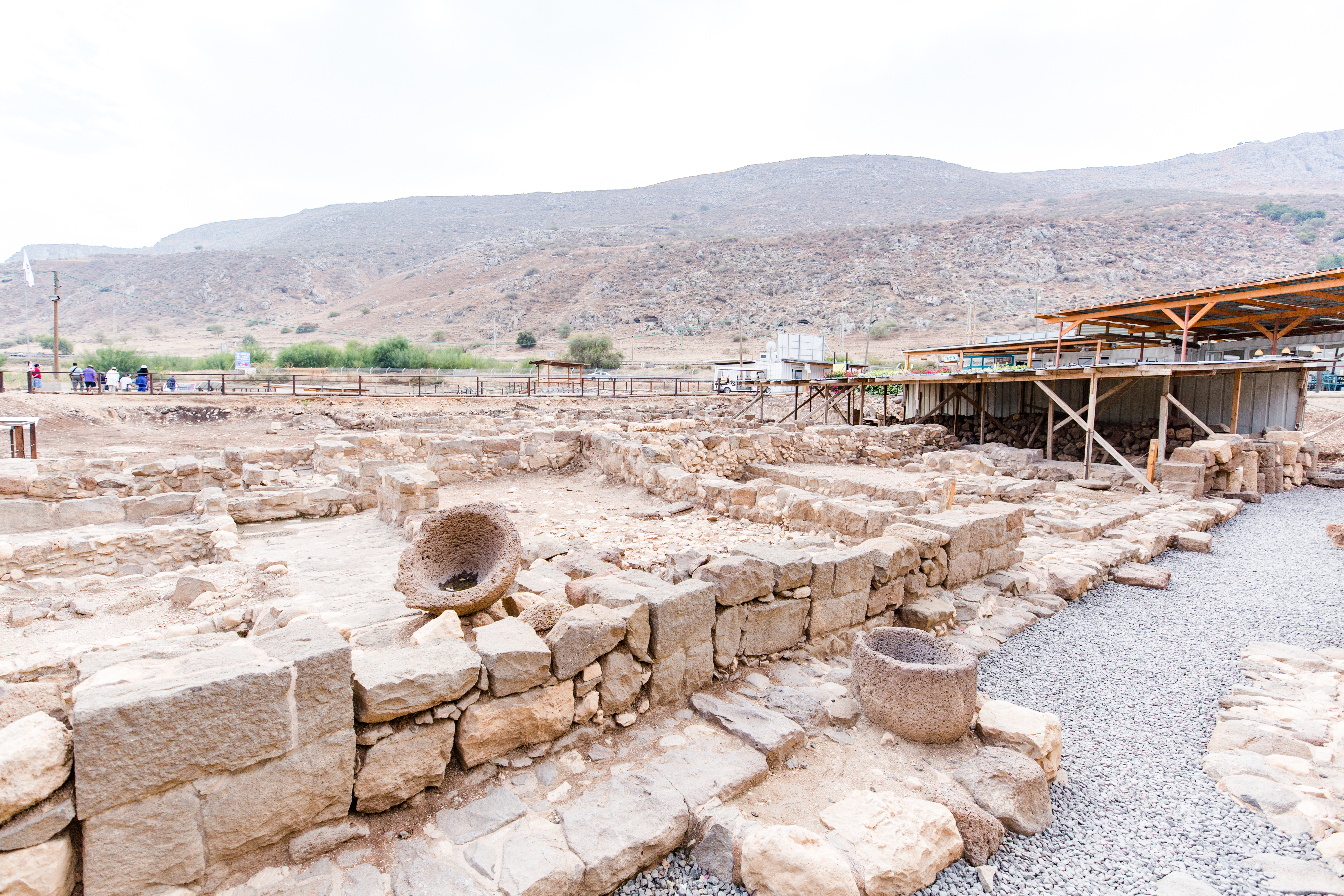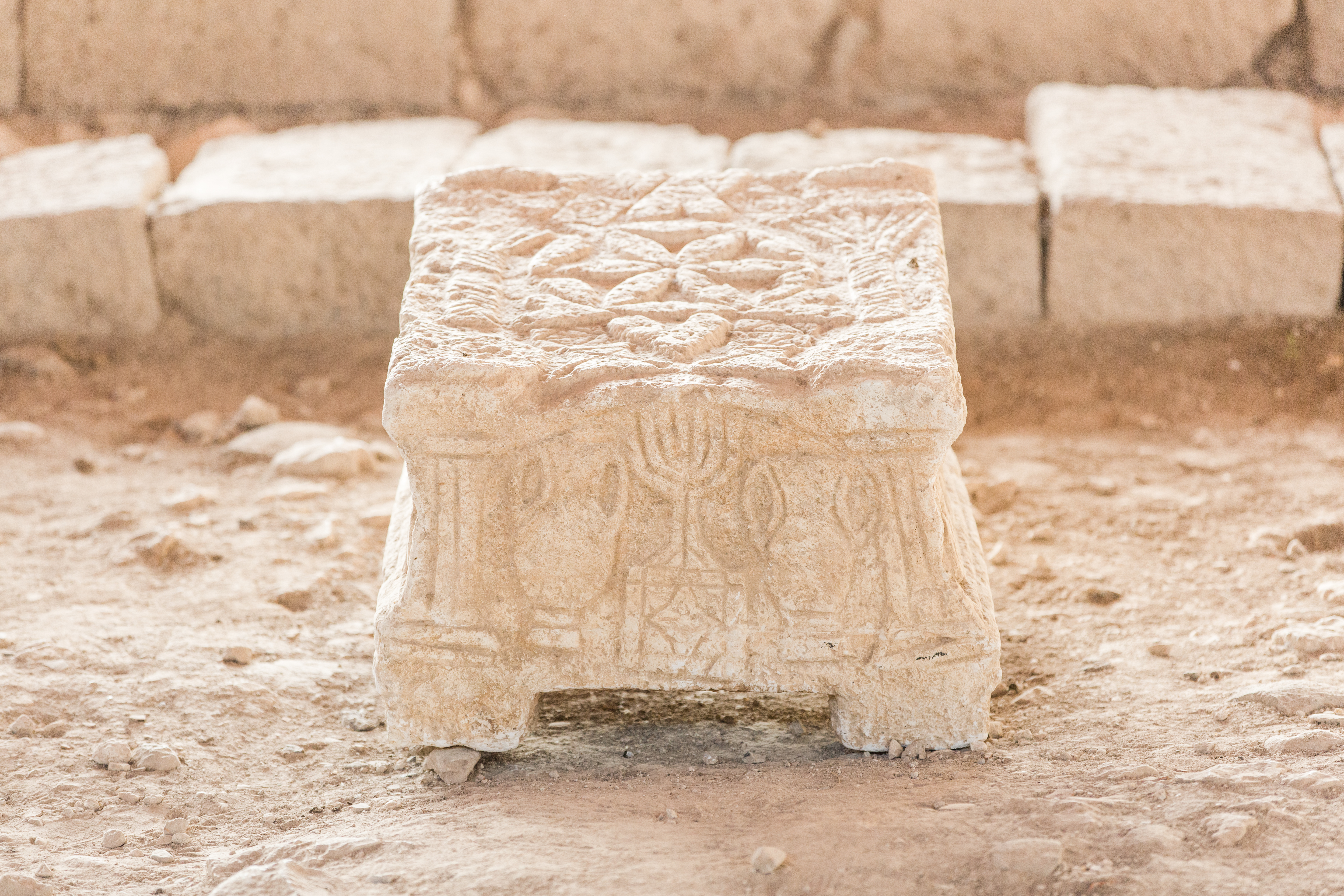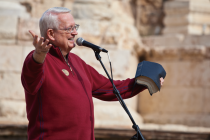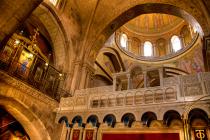Magdala - The Astonishing Discovery of a Biblical Village
The first-century port town of Migdal (now named Magdala after Mary Magdalene) is home to an ongoing excavation that’s captured the attention of historians and scholars as well as spiritual seekers. It is Israel’s most significant archaeological find in the last 50 years, and the discoveries keep continuing.
A local organization was building a religious retreat center when contractors discovered evidence of this ancient civilization in Magdala, north of Tiberias and west of the Sea of Galilee. While preparing the foundation, workers unearthed unexpected objects just a few feet below the surface of the topsoil. A subsequent dig revealed a Jewish house of worship more than 2,000 years old, which makes it one of the world’s oldest synagogues. The Magdala Synagogue is believed to have been built 50 years before the birth of Christ.
When Christian travelers arrive in Israel, they are surrounded by biblical history, almost as if they stepped back 2,000 years in time. Museums, historical sites and active archaeological excavations are everywhere. However, among these, the discoveries at Magdala are exceptional.
There have only been a few synagogues discovered dating back to Israel’s Second Temple period. At that time, synagogues were rare, with most Jews focusing on pilgrimages to the temple in Jerusalem—for Passover, the Feast of Weeks and the Feast of Tabernacles—rather than worshiping locally. Magdala is the seventh such local synagogue discovered from that period.
Even more remarkable is the undisturbed nature of this site. The Magdala Synagogue stands alone, with nothing above or beneath it—making it a virtual time capsule of its day. Currently, its foundations are visible, along with steps, seats and a fresco, all beautifully preserved.

Israel’s historical sites are designated as protected with the presence of one archaeological artifact. Magdala represents nearly half a dozen significant discoveries—and continues to reveal more every day.
The most impressive find to date is the ornate “Magdala Stone,” a carved stone block that depicts the Second Temple itself. It contains one of the earliest known images of the seven-branch Temple menorah, aiding scholars in their understanding of how Jews worshiped thousands of years ago.

Most of these experts believe the Magdala Synagogue may have been a place where Jesus worshiped. Some speculate it might even have been where He read the scroll of Isaiah (“The spirit of the Lord is upon me…”) as recorded in Luke 4. The Magdala Stone itself could have been a stand for such a scroll.
Beyond the synagogue, further excavation revealed an entire Jewish town, including an ancient marketplace and fishermen’s quarters. Experts believe only 10% of the historical remains are currently exposed. Visitors experience a fascinating look at a place where Jesus likely visited and taught and where His earliest followers lived.
According to the Jewish historian Josephus, Magdala grew into a city of 40,000 in the years after Christ’s Resurrection. Josephus also wrote that during the great Jewish War of A.D. 66-70, Magdala was a base for Jewish rebels, who tore down the synagogue and used its stones to fortify the town. These same stones, thanks to the ongoing excavation, are visible today.
Inspiration Travel Coordinators can’t stop talking about the impact of visiting Magdala. For instance, Vice President Joel James shares what it’s like to be at Magdala and hear in person the announcement of a discovery: “It just keeps unfolding and yielding more and more. I was there when a first-century coin was unearthed. I even met a volunteer cleaning the floors who had found a centuries-old Roman sword a few weeks before.”
Travelers describe being on-site as a breathtaking experience—one that helps them understand what life was like for Jesus’s early disciples and followers. For these believers, it’s a place that inspires worship and leads to a greater understanding of Scripture.
Visiting Magdala and Israel is an opportunity to see the past come to life, to walk where Jesus walked and to learn more about the shared roots of Christianity and Judaism.
What might a visit to Magdala, or to Israel itself, mean for you?






